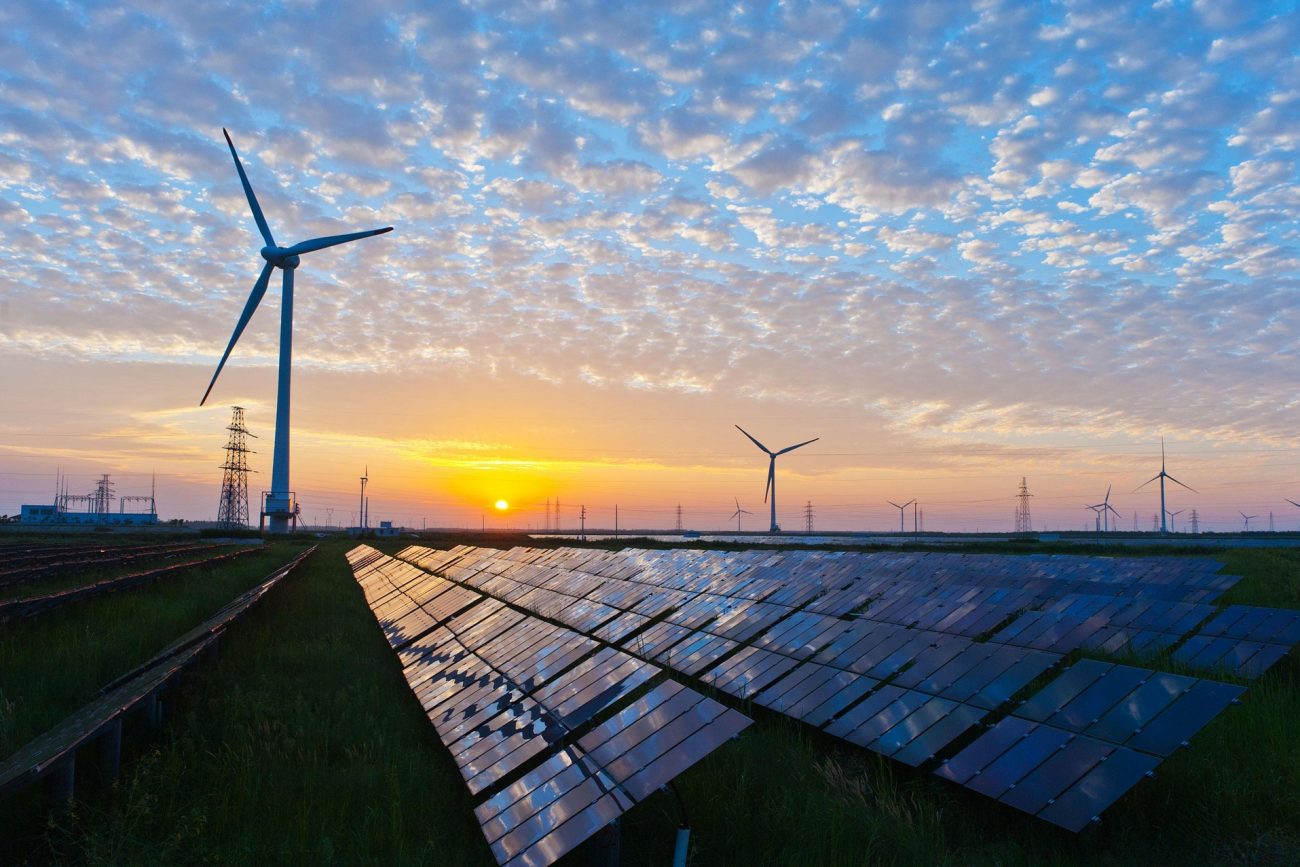International Energy Agency: Solar and Wind Power to Surpass Coal by 2025
According to a report by the International Energy Agency in November 2020, the combined capacity of solar and wind power will surpass coal before 2025. Even when the COVID-19 pandemic has slowed investment in the energy sector, solar panels and wind turbines are being deployed at a steady pace. Both technologies use free inputs that are virtually limitless, and not fossil fuels with volatile prices.
Utility-scale wind turbines and solar power systems can now produce the cheapest electricity in the world. Unfortunately, these technologies are still limited by their dependence on wind and sunlight – variable inputs. However, natural gas turbines and hydroelectric turbines can respond very fast to changes in supply in demand, achieving synergy with solar panels and wind turbines. Between 2019 and 2020, global electricity demand decreased by 2.2%, in great part due to the coronavirus outbreak. However, renewable energy output increased by 6.6% in spite of this.
Biofuels were the only renewable source that suffered a notable impact due to coronavirus. This can be explained by an 11% drop in global energy demand across the transportation sector. However, there has been little impact on renewable generation projects: between January and October 2020, auctioned capacity was 15% higher than in the same period in 2019.
Comparing the Growth of Generation Technologies by 2025
According to the IEA report, solar and wind power had a combined capacity of 1,226 GW around the world in 2019. For comparison, other energy sources had the following installed capacity:
- Hydropower = 1,305 GW
- Natural gas = 1,788 GW
- Coal = 2,124 GW
With the expected growth by 2025, wind and solar generation will reach an estimated capacity of 2,349 GW. Natural gas and hydropower will continue growing, but at a slower pace; their estimated installed capacities for 2025 are 1,999 GW and 1,427 GW, respectively. Since coal power plants are being decommissioned around the world, the total capacity will decrease to 2,079 GW by 2025.
The IEA estimated that renewable energy will grow by 198 GW by the end of 2020, with most of the new capacity concentrated in four regions: China (85 GW), United States (29 GW), the European Union (26 GW), and India (9 GW). With 149 GW of renewable generation added, these countries account for over 75% of growth.
The same trend will repeat itself for 2021, according to IEA projections. Renewable generation is expected to grow by 219 GW globally, concentrated in China (82 GW), USA (29 GW), the EU (32 GW), and India (16 GW).
How Government Policy Affects Renewable Energy
Renewable energy investment has been mostly unaffected by the COVID-19 pandemic, but government policies can have a much greater impact. This is evident in China and the US, where key incentive programs for renewable energy are about to expire. Energy companies are rushing to get their projects approved while the benefits last, since this improves their return on investment.
For example, the US had a 30% federal tax credit for solar power and other renewables until 2019, but it was reduced to 26% in 2020. Unless there are changes in policy, the benefit will drop to 22% in 2021 and 10% in 2022.
Favorable policy is one of the factors that has enabled the growth of solar power in Australia. There are no protection tariffs for imported solar technology, and the government offers two main solar incentives: Small-scale Technology Certificates (STC) for systems up to 100 kW, and Large-scale Generation Certificates (LGC) for larger systems.
Conclusion
Regardless of policy issues, renewable generation will dominate the global energy industry in the near future, representing 95% of growth between 2020 and 2025. Solar power will lead the way with 60% of the predicted growth, while wind power will account for 30%. The combined generation capacity of wind and solar power will surpass natural gas by 2023, and coal by 2024.
Another aspect that gives confidence to investors is the continuous cost reduction of wind turbines and solar photovoltaic systems. Additional cost reductions will compensate for negative aspects, such as the expiration of incentive programs. Wind and solar power are such a good investment, that even oil and gas companies are using these technologies
The main areas of opportunity for renewable energy are heating and transportation, which are sectors still dominated by fossil fuels. However, wind and solar power will dominate the electricity sector within a decade, according to the IEA.
